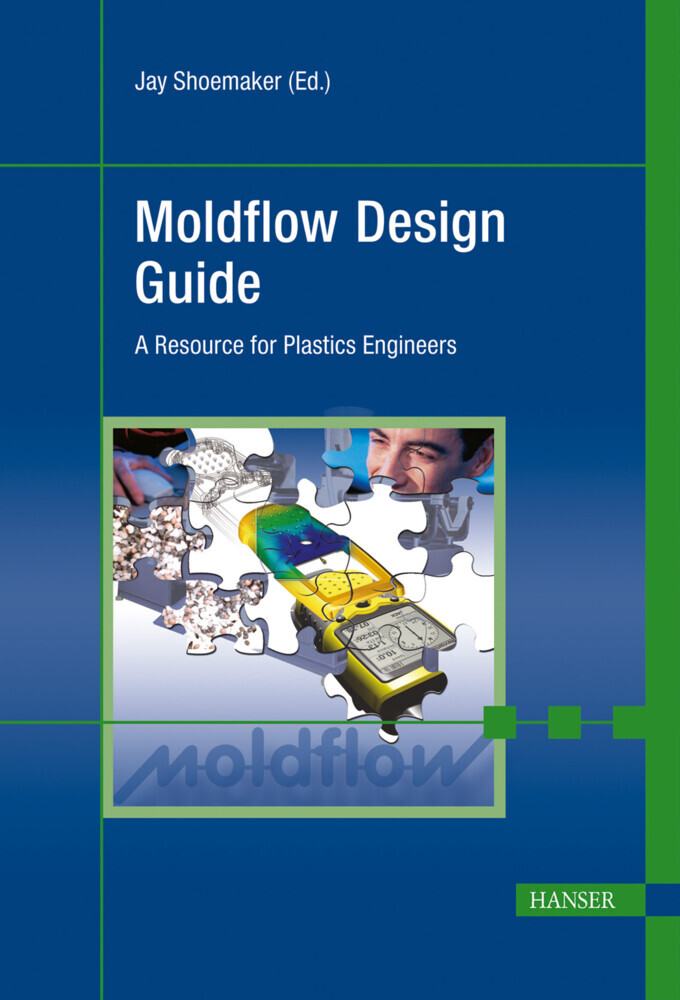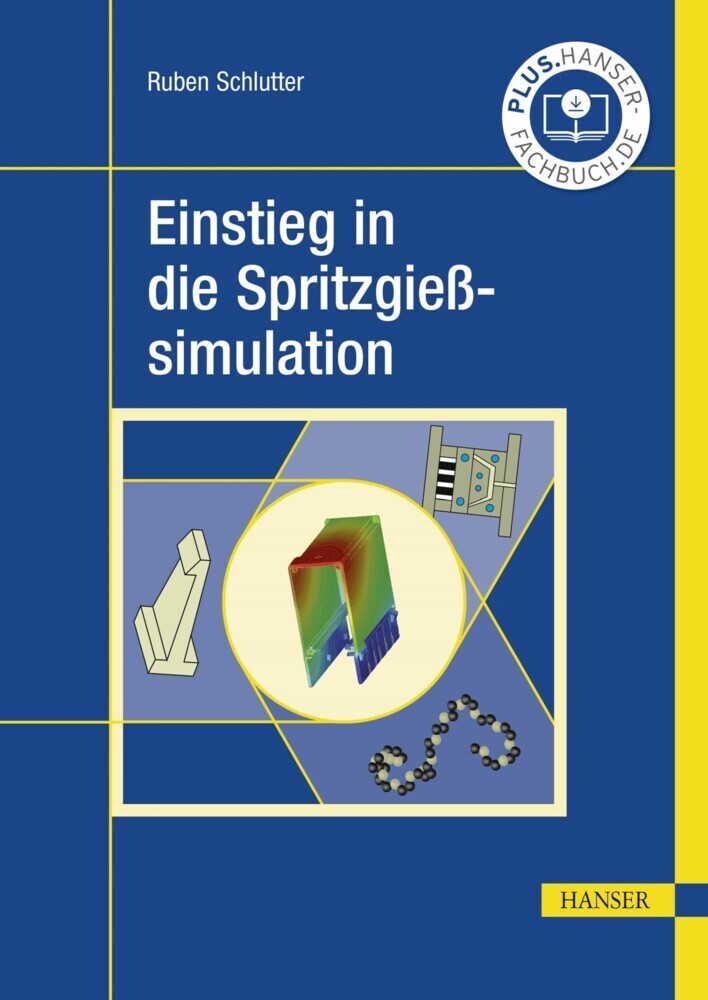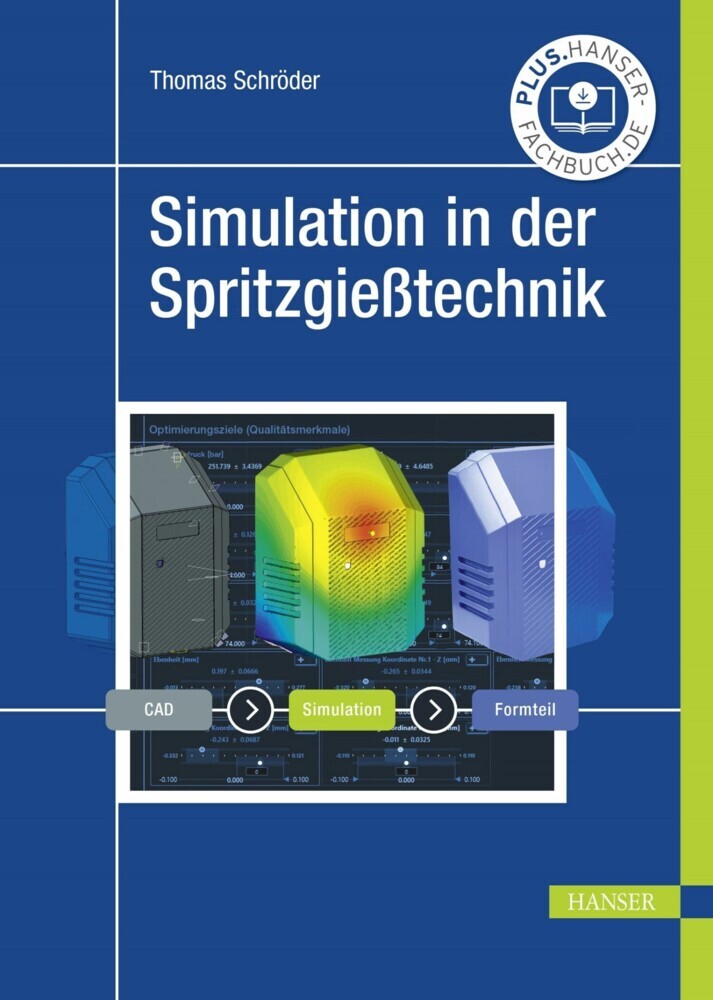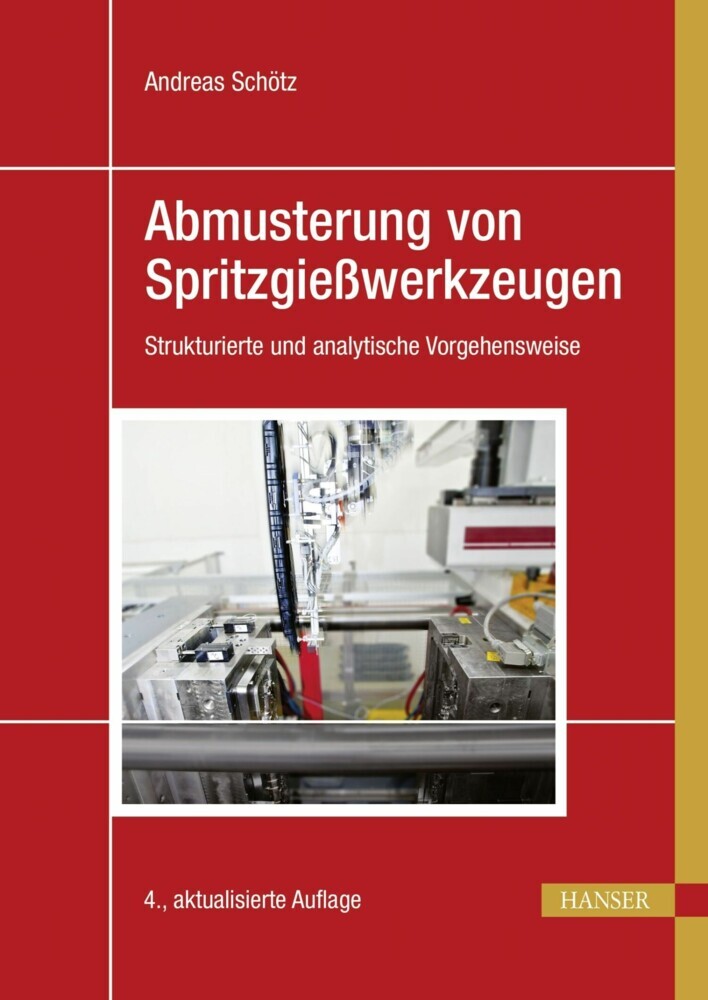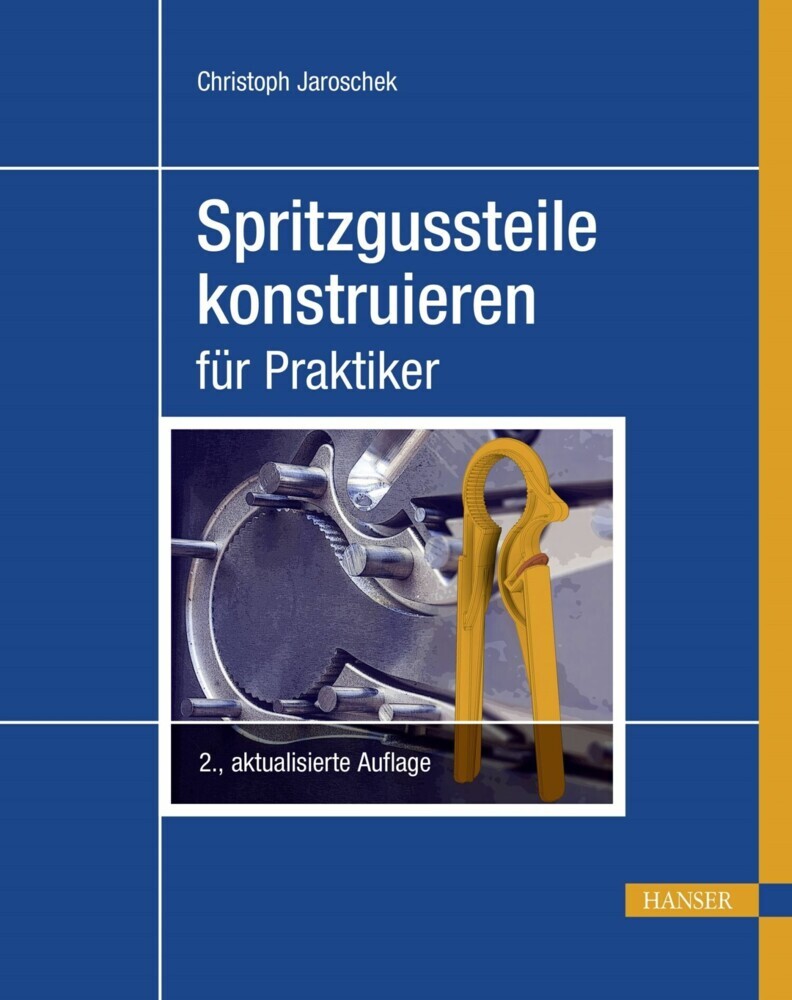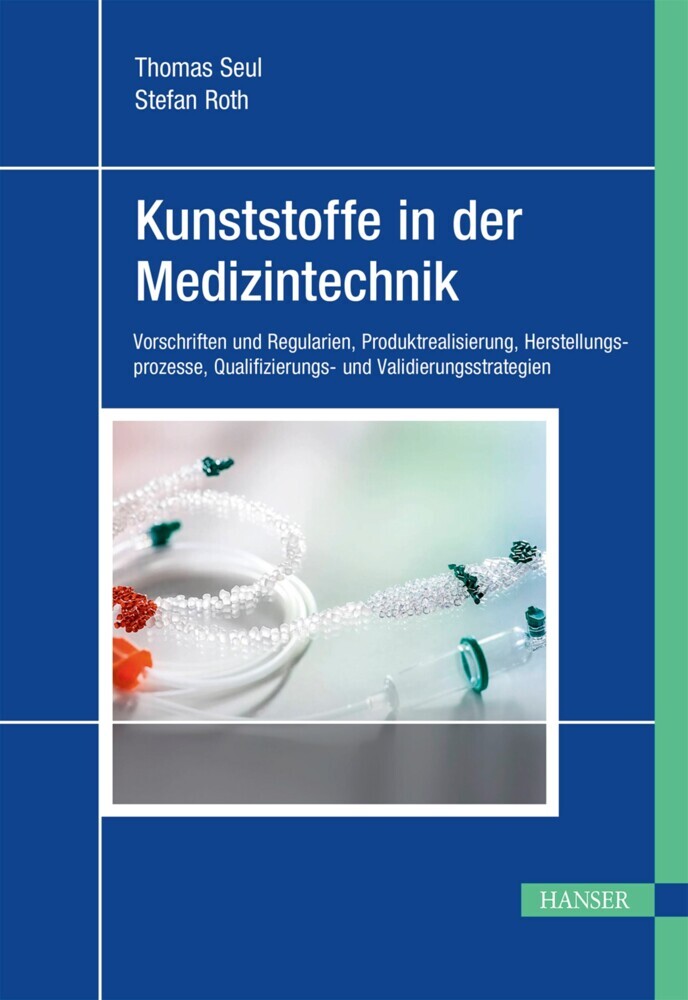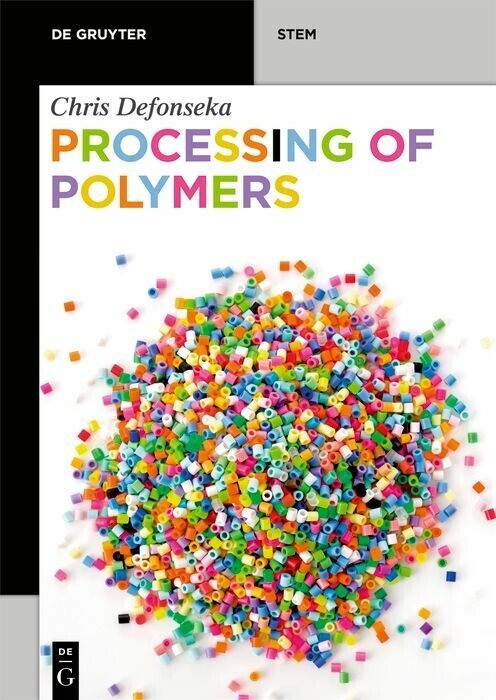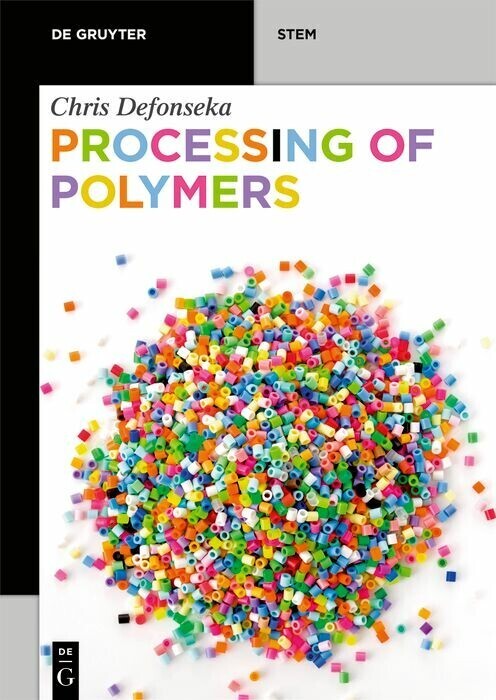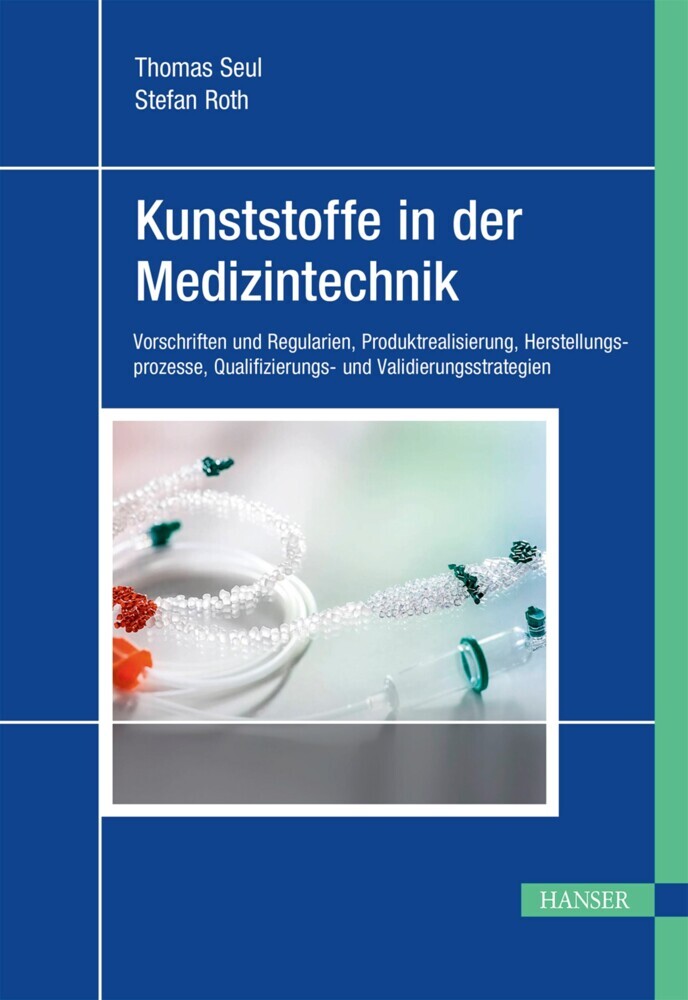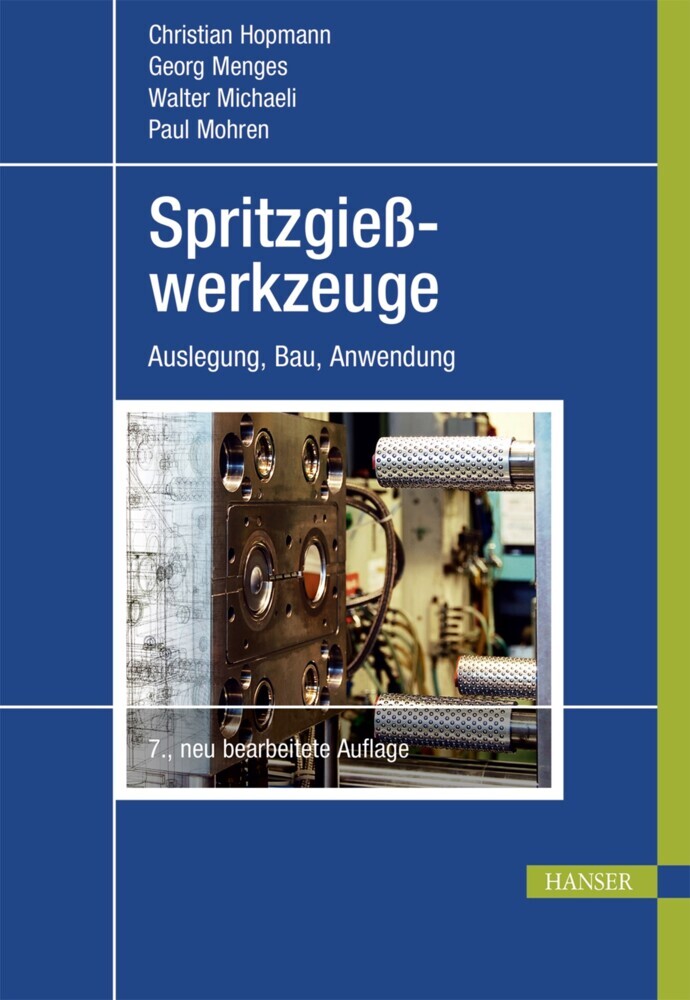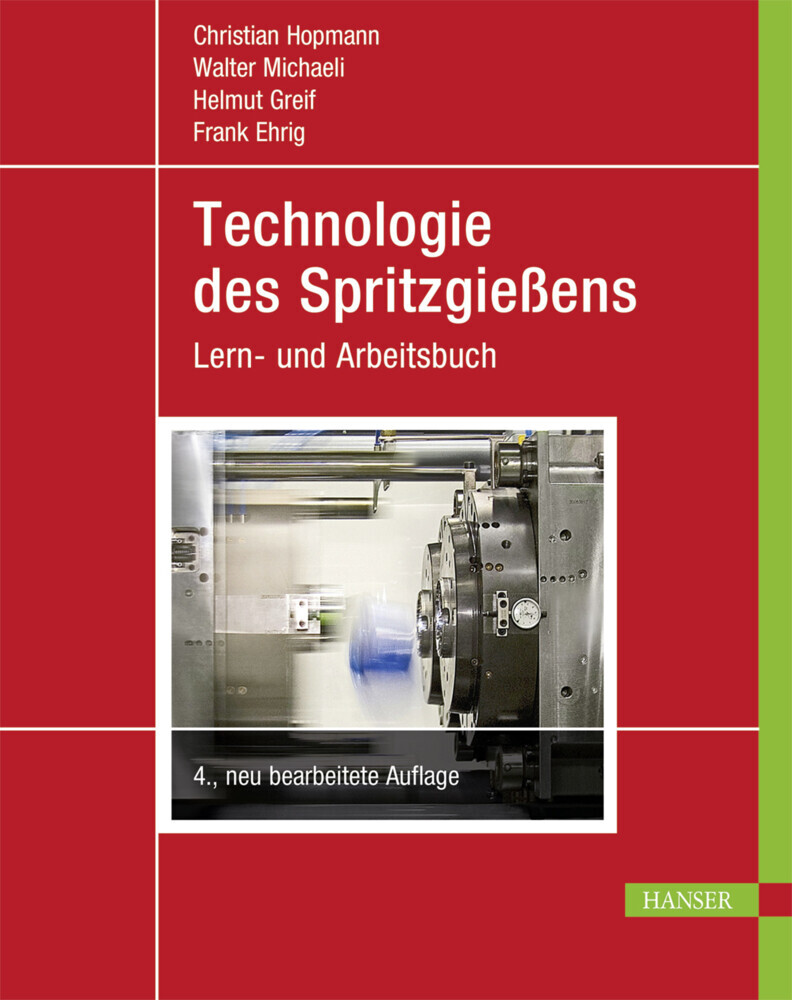Moldflow Design Guide
A Resource for Plastics Engineers
The origins of this book not only include Moldflow Design Principles, but also includes Warpage Design Principles published by Moldflow, and C-Mold Design Guide. Collectively, these documents are based on years of experience in the research, theory and practice of injection molding. These documents are now combined into one book, the Moldflow Design Principles. This book is intended to help practicing engineers solve problems they encounter frequently in the design of parts and molds, as will as during production. This book can also be used as a reference for training purpose at industrial, as well as educational institutions.
Contents:
- Polymer Flow Behaviour in Injection Molds
- Molding Conditions and Injection Pressure
- Filling Pattern
- Moldflow Design Principles
- Meshes used in Moldflow
- Product Design
- Gate Design
- Runner System Design
- Cooling System Design
- Shrinkage and Warpage
- Moldflow Design Procedure
- Part Defects
- Injection Molding
- Injection Molding Machine, System, and Operations
- Injection Molding Process Control
- Plastics Materials
Contents:
- Polymer Flow Behaviour in Injection Molds
- Molding Conditions and Injection Pressure
- Filling Pattern
- Moldflow Design Principles
- Meshes used in Moldflow
- Product Design
- Gate Design
- Runner System Design
- Cooling System Design
- Shrinkage and Warpage
- Moldflow Design Procedure
- Part Defects
- Injection Molding
- Injection Molding Machine, System, and Operations
- Injection Molding Process Control
- Plastics Materials
1;Foreword;62;Preface;83;Acknowledgements;104;Contents;125;1 Polymer Flow Behavior in Injection Molds;225.1;1.1 Phases of Injection Molding;225.1.1;1.1.1 How Plastic Fills a Mold;225.1.2;1.1.2 The Filling Phase;245.1.3;1.1.3 The Pressurization Phase;275.1.4;1.1.4 The Compensation Phase;275.2;1.2 How Do Plastics Flow?;285.2.1;1.2.1 Material Behavior;285.2.2;1.2.2 Deformation;295.2.3;1.2.3 Viscoelastic Behavior;295.2.4;1.2.4 Melt Shear Viscosity;305.2.5;1.2.5 Newtonian Fluid vs. Non-Newtonian Fluid;315.2.6;1.2.6 Shear-thinning Behavior;315.2.7;1.2.7 Shear Rate Distribution;325.2.8;1.2.8 Pressure-driven Flow;325.2.9;1.2.9 Pressure Gradient and Injection Times;345.2.10;1.2.10 Melt Flow Length;345.2.11;1.2.11 Injection Pressure vs. Fill Time;345.2.12;1.2.12 Flow Instability;366;2 Molding Conditions and Injection Pressure;386.1;2.1 Injection-pressure Overview;386.1.1;2.1.1 Pressure Drives the Flow Front;396.2;2.2 Factors Influencing Injection-pressure Requirements;396.3;2.3 Equations;416.3.1;2.3.1 Circular Channel Flow;416.3.2;2.3.2 Strip Channel Flow;416.4;2.4 Effect of Molding Conditions;426.4.1;2.4.1 Part Quality;426.4.2;2.4.2 Melt Temperature;436.4.3;2.4.3 Mold Temperature;436.4.4;2.4.4 Fill Time;446.4.5;2.4.5 Shear Stress Variation;446.4.6;2.4.6 Packing Pressure and Time;456.4.7;2.4.7 Summary;466.4.8;2.4.8 Back Flow;476.5;2.5 Using Moldflow to Determine Optimum Molding Conditions;476.5.1;2.5.1 Part;486.5.2;2.5.2 Molding Window Size;486.5.3;2.5.3 Injection Pressure;496.5.4;2.5.4 Flow Front Temperature;506.5.5;2.5.5 Cooling Time;516.5.6;2.5.6 Summary;527;3 Filling Pattern;547.1;3.1 Filling Pattern Overview;547.1.1;3.1.1 What Is the Filling Pattern?;547.2;3.2 Flow in Complex Molds;557.2.1;3.2.1 Overpack;557.2.2;3.2.2 Racetrack Effect;567.2.3;3.2.3 Varying Injection Rate;567.2.4;3.2.4 Underflow Effect;577.2.5;3.2.5 Hesitation Effect;587.2.6;3.2.6 Weld Lines;597.2.7;3.2.7 Meld Lines;597.2.8;3.2.8 Sink Marks;597.2.9;3.2.9 Multidirectional Flow;607.2.10;3.2.10 Unstable Flow;617.2.11;3.2.11 Simple Flow Pattern;627.3;3.3 Flow-front Velocity and Flow-front Area;627.3.1;3.3.1 What are FFV and FFA?;627.3.2;3.3.2 Flow-front Velocity Influences Filling Pattern;627.3.3;3.3.3 Equation;637.4;3.4 Using Moldflow to Determine the Filling Pattern;647.4.1;3.4.1 Computer Simulation Can Eliminate Molding Trials;647.4.2;3.4.2 Using a Flow Analysis;647.5;3.5 Using Moldflow to Achieve Constant FFV;657.5.1;3.5.1 Controlling the FFV Through Ram Speed;658;4 Moldflow Design Principles;688.1;4.1 Product Design and Moldflow;688.2;4.2 Sequence of Analysis;688.2.1;4.2.1 Part Filling Optimization;698.2.2;4.2.2 Molding Conditions;698.2.3;4.2.3 Runner Design;698.2.4;4.2.4 Cooling Optimization;708.2.5;4.2.5 Packing Optimization;708.2.6;4.2.6 Warpage Optimization;708.3;4.3 Moldflow Flow Concepts;708.3.1;4.3.1 Unidirectional and Controlled Flow Pattern;718.3.2;4.3.2 Flow Balancing;728.3.3;4.3.3 Constant Pressure Gradient;738.3.4;4.3.4 Maximum Shear Stress;748.3.5;4.3.5 Uniform Cooling;758.3.6;4.3.6 Positioning Weld and Meld Lines;768.3.7;4.3.7 Avoid Hesitation Effects;768.3.8;4.3.8 Avoid Underflow;768.3.9;4.3.9 Balancing with Flow Leaders and Flow Deflectors;788.3.10;4.3.10 Controlled Frictional Heat;798.3.11;4.3.11 Thermal Shutoff of Runners;798.3.12;4.3.12 Acceptable Runner/Cavity Ratio;809;5 Meshes Used In Moldflow Analyses;829.1;5.1 Mesh Types Used by Moldflow;829.1.1;5.1.1 Finite Elements Used in Moldflow;829.1.2;5.1.2 Mesh Types;839.1.3;5.1.3 Solver Assumptions;849.2;5.2 Mesh Requirements;859.2.1;5.2.1 Mesh Density Considerations;859.2.2;5.2.2 Part Details;889.3;5.3 Geometry Creation;899.4;5.4 Importing Geometry;909.5;5.5 Using Different Mesh Types;909.5.1;5.5.1 Door Panel;909.5.2;5.5.2 Manifold;9110;6 Product Design;9210.1;6.1 Material Properties for Product Design;9210.1.1;6.1.1 Plastics Are Sensitive to Operating Conditions;9210.1.2;6.1.2 Stress-Strain
Shoemaker, Jay
| ISBN | 9783446418547 |
|---|---|
| Artikelnummer | 9783446418547 |
| Medientyp | E-Book - PDF |
| Copyrightjahr | 2013 |
| Verlag | Carl Hanser Verlag München |
| Umfang | 348 Seiten |
| Sprache | Englisch |
| Kopierschutz | Digitales Wasserzeichen |

